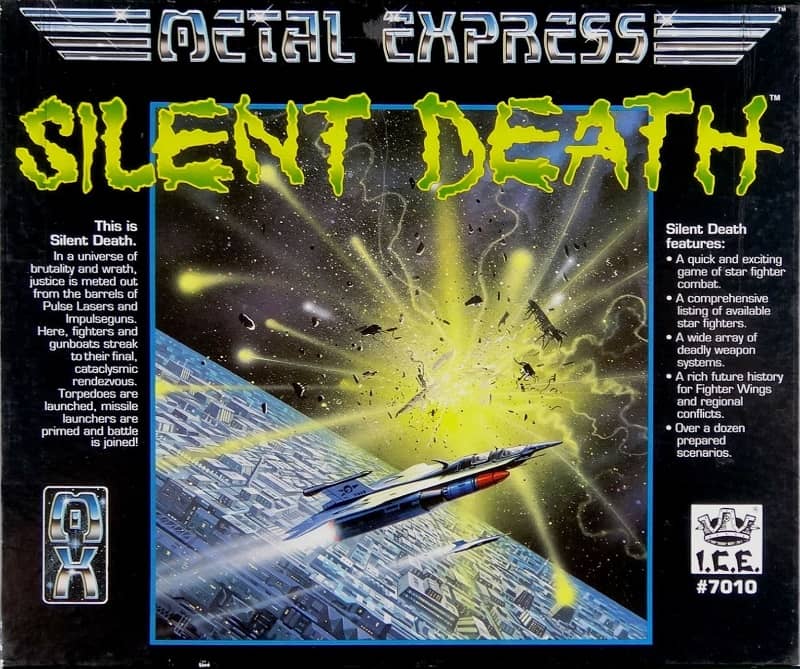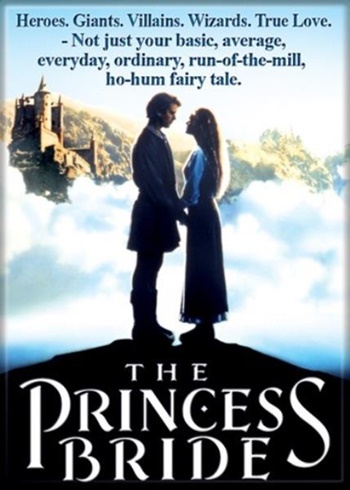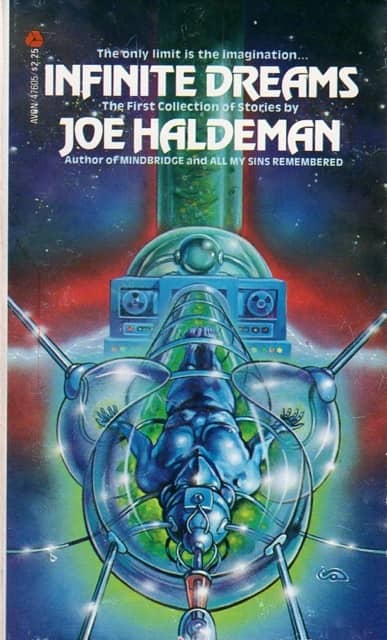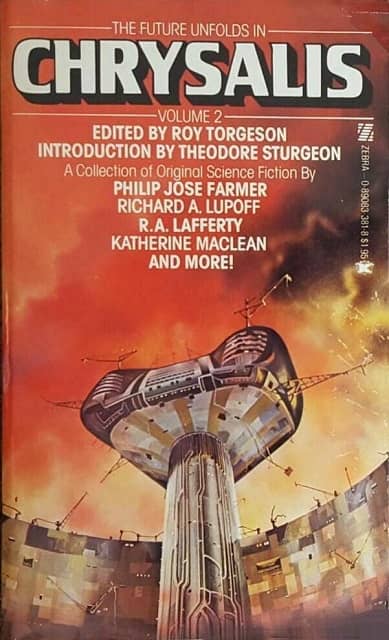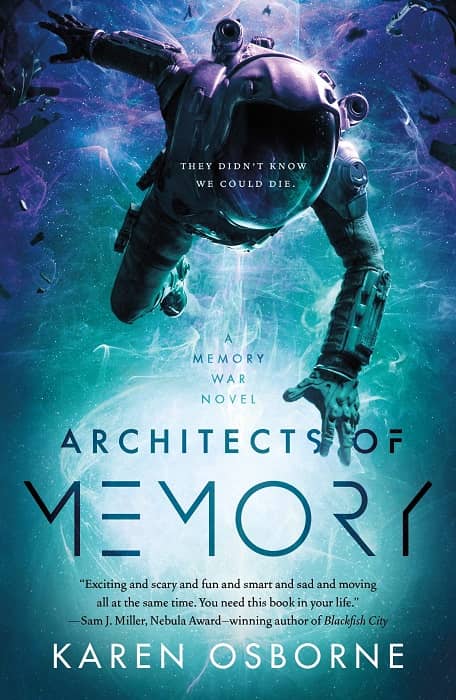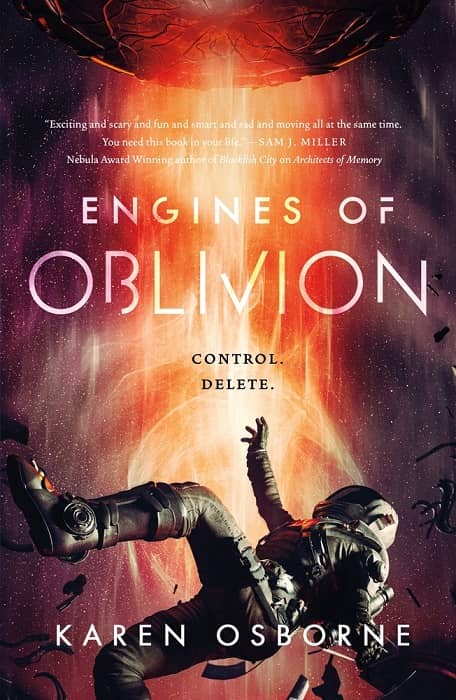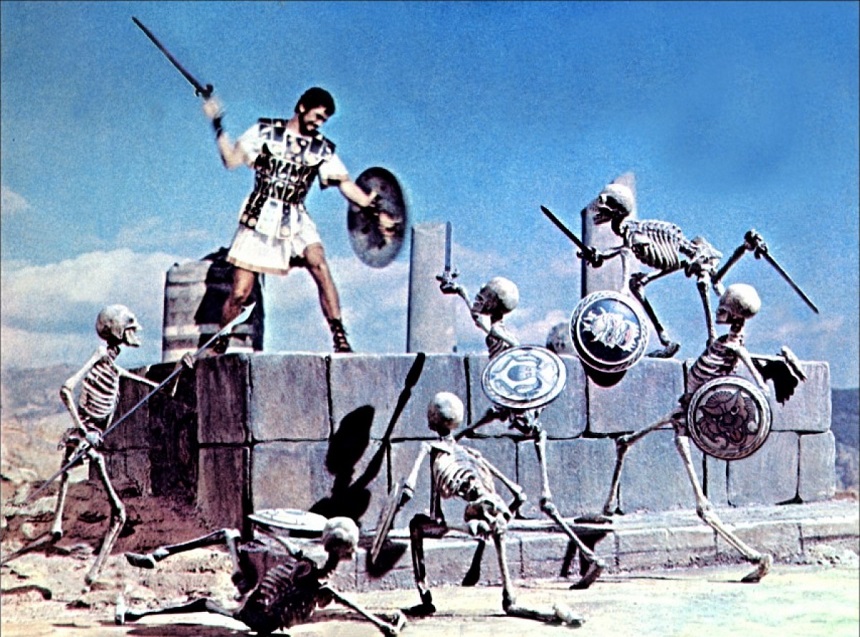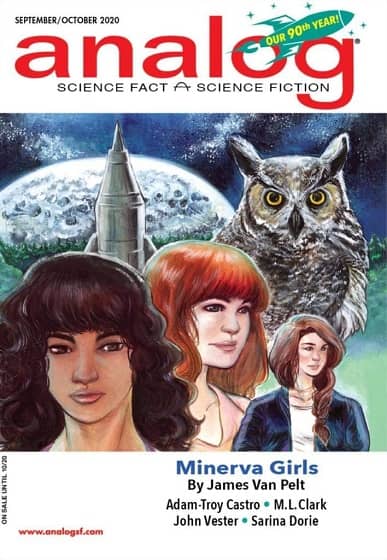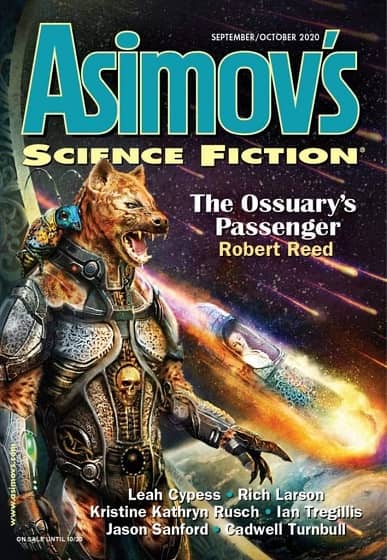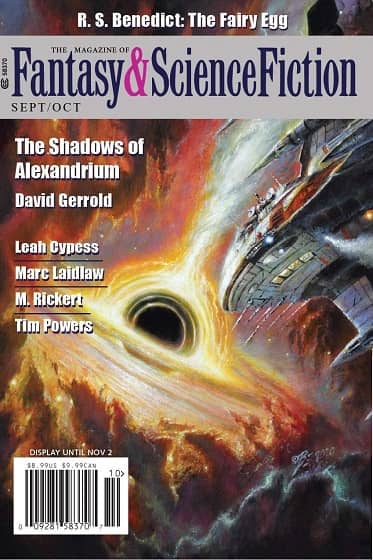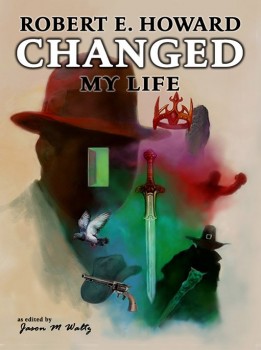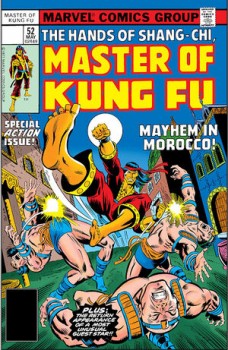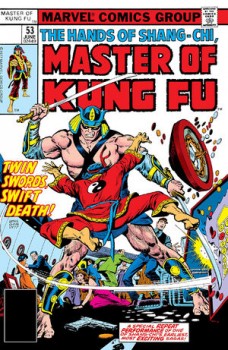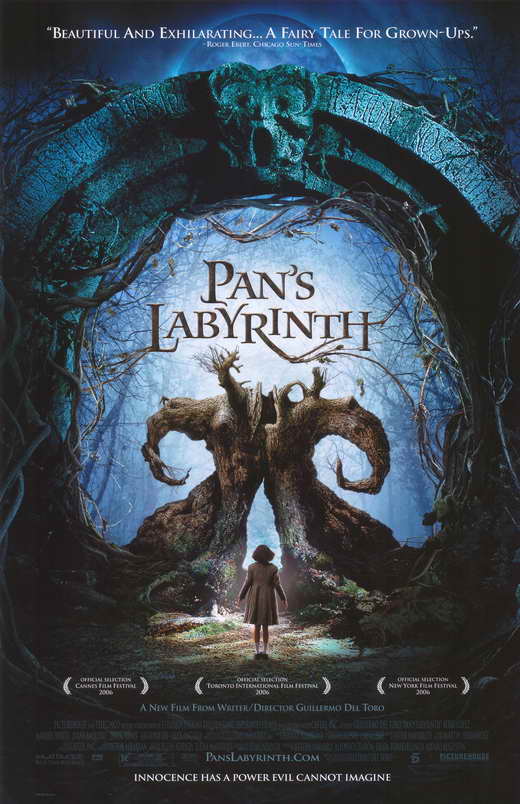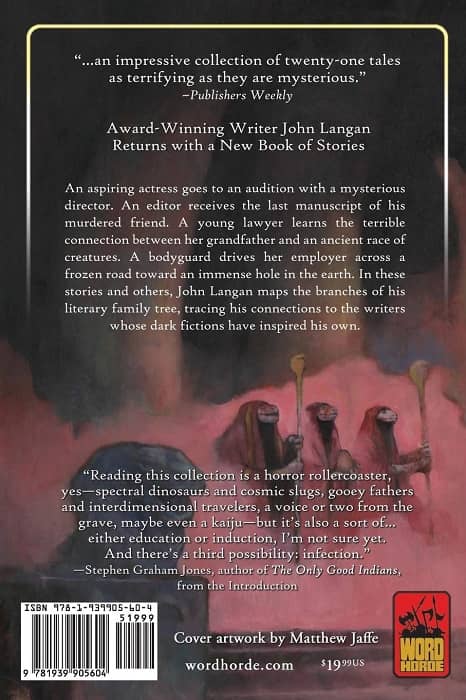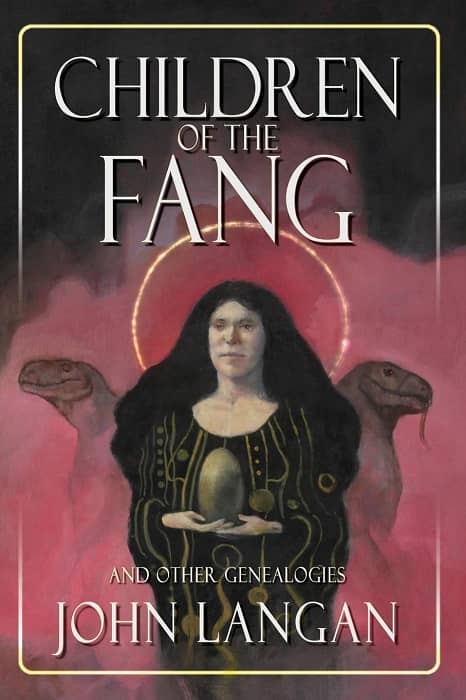An Inaudible Blast from the Past: Silent Death — The Game of Spaceship Combat (Part 1)
Silent Death – Metal Express original box set (Iron Crown Enterprises, 1990). Art by Angus McKie
What do a fantasy miniatures line and a contemporary science fiction novel have in common? Not much at a glance, but if you put on your Dirk Gentley’s Holistic Detective Agency hat and apply the theory of The Fundamental Interconnectedness of All Things, a relatively straight line can be drawn between the two.
A recent post here at Black Gate about Chaos Vector, an exquisite looking new novel by Megan E. O‘Keefe, got my attention. While I dearly want to lay my hands on it (and its forerunner, Velocity Weapon), what really piqued my interest was the beautiful SPAC (Single Person Attack Craft) with its forward swept wings on the cover.
You see, it looks quite a bit like a ship called a Talon, from the beloved space combat game Silent Death. Which triggered this article, and a step back in time to the late 1980s…
Iron Crown Enterprises (I.C.E.) was a game publisher known mostly for their successful Middle Earth Role Playing line and the complex Rolemaster fantasy role playing game. They released the Rolemaster Future Lore book in 1985 , which subsequently spawned the SpaceMaster Science Fiction line (stay with me here). Star Strike, a space combat game for SpaceMaster, was created by Kevin Barrett and released in 1988. That could have been the end of it, and this article could be covering Star Strike, a game I’ve only read about…
It did not end there! While Star Strike was relatively successful for its time, it was dogged by its heritage. Even though it was a fast-paced space combat game, its association with the notoriously crunchy SpaceMaster came at a cost. While Rolemaster and SpaceMaster had loyal fan bases, plenty of gamers found them to be overly complex and rules heavy.
